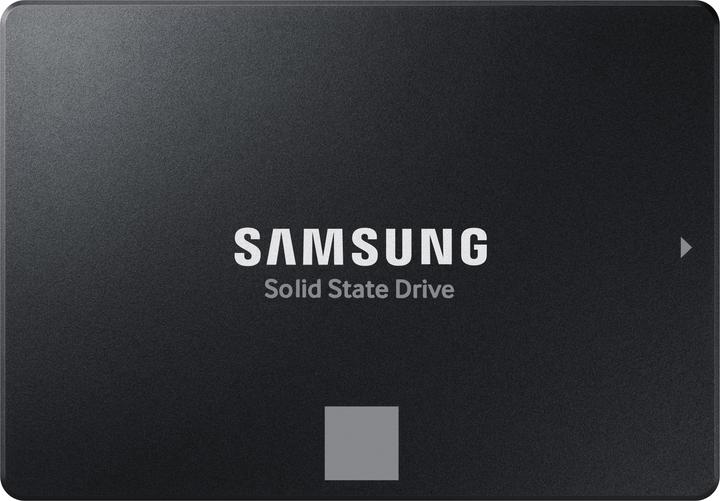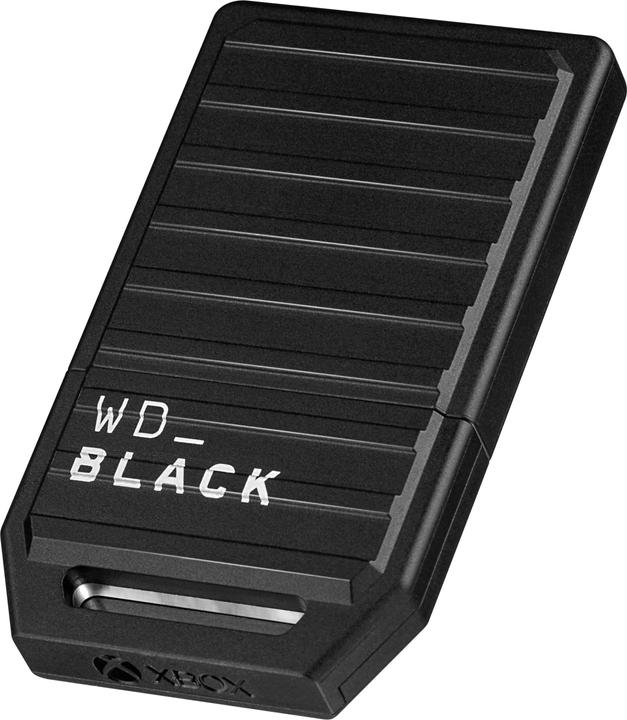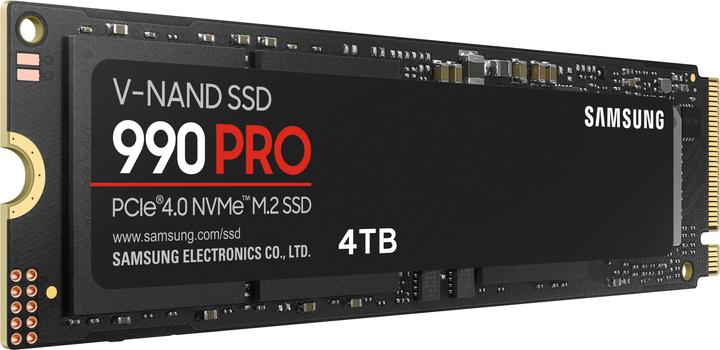
Too Many SSDs? Here's How to Choose the Right One
Here are five key factors you should consider when selecting the perfect SSD for your needs.
Last updated 1 week ago. Automatically generated content.


Select options and limit the number of products
SSD type refers to the form factor and interface used by the solid-state drive, impacting its compatibility, speed, and installation process. Choosing the right SSD type is crucial for ensuring optimal performance and seamless integration with your device, whether it's a laptop, desktop, or server.
Popular options (you can select more than one)
SATA SSD
Typical price
180.– to 750.–Uses the SATA interface, offering slower speeds compared to M.2 and PCIe SSDs.
Suitable for upgrading older systems, delivering improved performance over traditional hard drives.
Bestseller
PCIe Card SSD
Typical price
290.– to 1800.–Installs into a PCIe slot on the motherboard, providing the fastest data transfer rates.
Best for high-performance systems, enhancing speed and responsiveness for demanding applications.
Bestseller
The interface of an SSD determines how it connects to a computer, influencing data transfer speeds and overall system performance. Choosing the right interface is crucial for compatibility with your device and achieving optimal speed and efficiency in data handling.
Popular options (you can select more than one)
PCIe
Typical price
120.– to 570.–Utilizes the Peripheral Component Interconnect Express interface for high-speed data transfer.
Ideal for users seeking maximum performance, offering faster read/write speeds compared to SATA interfaces.
Bestseller
SATA
Typical price
110.– to 490.–Uses the Serial ATA interface, the most common and widely supported connection type for SSDs.
Perfect for upgrading older systems, providing a balance of speed and compatibility without requiring new hardware.
Bestseller
M.2
Typical price
120.– to 260.–A compact form factor that can support both PCIe and SATA interfaces.
Recommended for modern devices where space is limited, offering flexibility and high performance in a small size.
Bestseller
Storage capacity determines how much data you can store on your SSD, impacting how many applications, files, and system data you can manage effectively. Choosing the right capacity ensures you have sufficient space for your needs, which is crucial for maintaining system performance and preventing slowdowns.
Popular options
Up to 512 GB
Typical price
72.– to 260.–Suitable for basic use, such as storing the operating system and essential applications.
Ideal for users with limited storage needs or those who utilize cloud services extensively.
Bestseller
513 - 2000 GB
Typical price
170.– to 640.–Offers ample space for a wide range of applications, games, and media files.
Well-suited for everyday users and gamers who require moderate storage without frequent clean-ups.
Bestseller
2001 - 4000 GB
Typical price
440.– to 1200.–Provides extensive storage for large media libraries and professional applications.
Perfect for professionals and enthusiasts who need significant storage for data-intensive tasks and projects.
Bestseller
Read transfer speed measures how quickly an SSD can read data, impacting overall system performance and efficiency. Higher read speeds result in faster boot times, quicker file access, and improved application loading, enhancing user experience.
Popular options
Up to 1500 MB/s
Typical price
110.– to 640.–Suitable for entry-level use or basic storage needs with moderate data demands.
Ideal for users who prioritize cost-efficiency over speed, such as those using SSDs for general computing tasks.
Bestseller
1501 - 3500 MB/s
Typical price
85.– to 370.–Balances speed and affordability, catering to a wide range of general computing tasks.
Recommended for everyday users who need reliable performance for multitasking and running standard applications.
Bestseller
3501 - 7400 MB/s
Typical price
140.– to 710.–Delivers high-speed data access, supporting demanding applications and large file transfers.
Perfect for professionals and gamers who require fast read speeds for intensive tasks and seamless performance.
Bestseller
The interface version of an SSD determines the speed and efficiency of data transfer between the SSD and the computer. Choosing the right interface impacts system performance, influencing load times, multitasking capabilities, and overall responsiveness.
Popular options (you can select more than one)
PCIe 4.0
Typical price
140.– to 680.–Offers the highest data transfer rate, significantly faster than previous generations.
Ideal for users needing maximum performance, such as gamers or professionals handling large files.
Bestseller
PCIe 3.0
Typical price
89.– to 220.–Provides a robust data transfer speed, sufficient for most everyday computing tasks.
Suitable for general users seeking a balance between cost and performance, supporting typical applications efficiently.
Bestseller
SATA III
Typical price
85.– to 460.–Utilizes a more traditional interface, with slower speeds compared to PCIe options.
Best for budget-conscious users or older computers, offering reliable performance for basic tasks.
Bestseller




